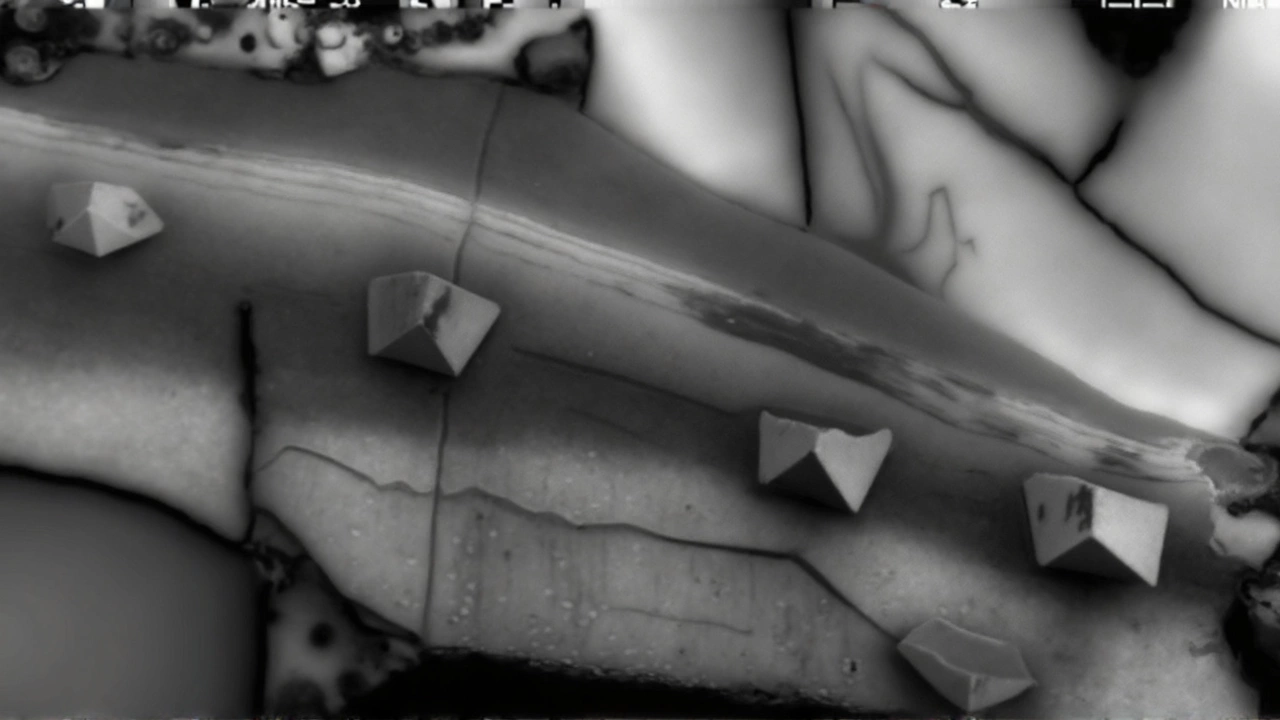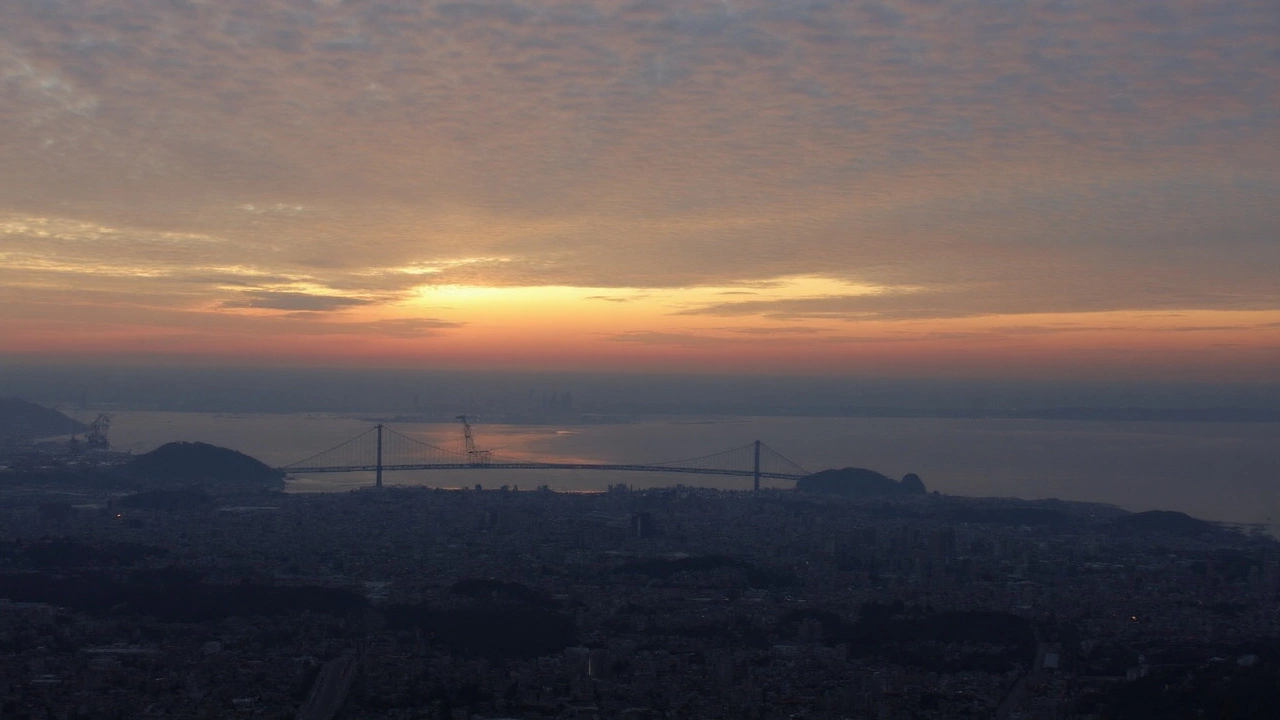What Happened and Who Felt It
At 2:56 a.m. on Monday, September 22, 2025, a magnitude 4.3 earthquake struck the San Francisco Bay Area. The tremor originated in Berkeley, right by the University of California campus on Dwight Way near Piedmont Avenue, along the Hayward Fault at a depth of about 7.8 km.
According to the U.S. Geological Survey (USGS) website, more than 30,000 Bay Area residents reported feeling the quake. Many described a rapid, sharp jolt that knocked toothbrushes off bathroom counters and startled pets. Despite the widespread sensation, no injuries or visible structural damage have been confirmed.
Neighborhoods from Oakland to San Leandro reported the shaking, and commuters on the BART system were among the first to notice service hiccups. The railway authority announced 20‑minute train delays while crews performed safety checks on tracks, switches, and signaling equipment. By 12:50 p.m. the same day, BART confirmed that normal service had resumed after completing the inspections.

Response, Aftershocks, and Ongoing Risks
Six hours after the main shock, a 2.6‑magnitude aftershock rattled the same region at 8:01 a.m. The USGS warned that the Bay Area faces a 24% probability of experiencing another tremor of magnitude 3.0 or higher within the next week, and a smaller 3% chance of a quake measuring at least 4.0.
Local emergency management agencies urged residents to review earthquake‑ready kits, secure heavy furniture, and know safe spots in each room. While officials stressed that the 4.3 magnitude is moderate and unlikely to cause severe damage, the Hayward Fault’s reputation as one of the most active seams in the area keeps vigilance high.
- Check that water heaters and appliances are fastened to walls.
- Keep a flashlight, battery‑powered radio, and a week’s supply of water and non‑perishable food.
- Know your evacuation routes and have a family communication plan.
- Stay tuned to USGS updates for any new aftershock alerts.
Seismologists continue to monitor the fault line closely, using a network of sensors that feed real‑time data to forecasting models. The calm after this event—no emergency response needed, no road closures—doesn’t diminish the underlying seismic threat that defines life in the Bay Area. Residents are reminded that preparedness, not panic, is the best response to the region’s constant geological activity.
